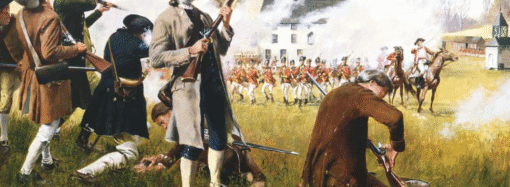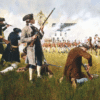We’ve been hearing for some time now that SAT scores are on the decline. For example, the year 2006 saw reading scores at 503, math scores at 518, and writing scores at 497. In 2016, however, the scores ran 494 for reading, 508 for math, and 482 for writing.
When the scoring system change was announced for the class of 2017, many perceived the change as proof the test was being dumbed down, or at the very least, a smoke and mirrors move to deflect attention from dropping scores. This last theory seems plausible, especially since the Washington Post declared that the new system is “sowing confusion” for students over how well they actually performed.
But what if we look at other areas? Consider U.S. history. A SAT sample question runs as follows:
“Harriet Tubman was known as the ‘Moses’ of her people because she”

As you may have guessed, the correct answer is option A and is given the label of medium difficulty, as are many of the other questions in the practice test.
By comparison, consider the 1912 history exam from the College Board, the precursor to the modern SAT. It not only seeks written, essay-like answers, it also expects students to come prepared to draw on knowledge that they have learned beyond a textbook. Note especially the second paragraph of instructions in the image below:


It’s not hard to guess the type of outcry which would be raised if today’s students were expected to pass a test such as the above, which not only features difficult questions, but appears to give extra consideration to students who demonstrate ability to connect the dots of learning without being spoon-fed pre-formed answers.
The fact is, we can only do the smoke and mirrors routine for so long. Instead of dumbing down our tests even more in order to fit student needs, is it time we began teaching them to think outside of the box instead of how to simply check the right box?
















Leave a Comment
Your email address will not be published. Required fields are marked with *